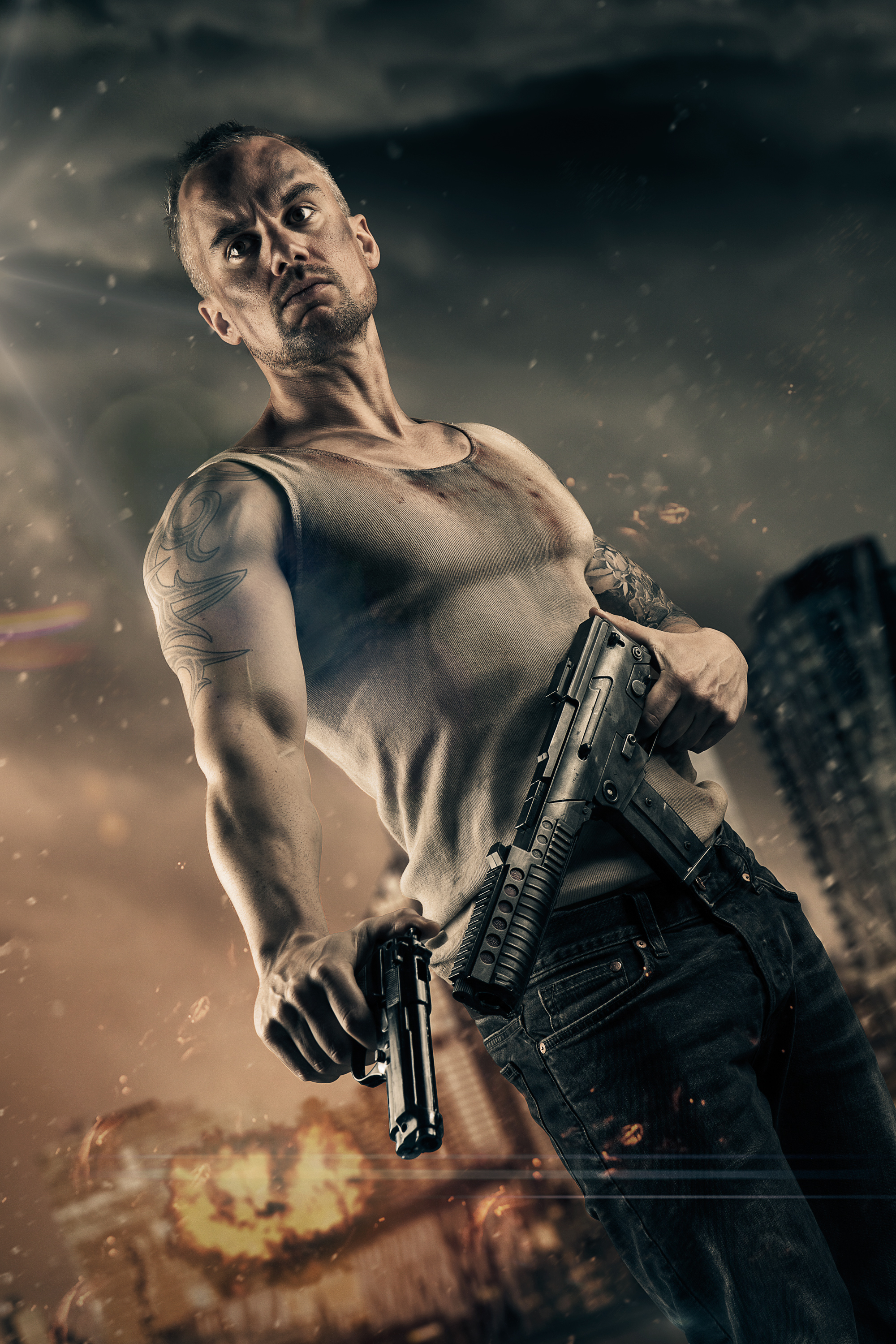by Paul Shapiro
Violence in film has been around since since the Lumiere brothers sent audiences running for the exit in Train Arriving at a Platform.It’s been a staple of the medium and audiences just can’t get enough. But how much violence is too much critically? Can violence seem out of context to the detriment of the film?
I ask the question, because after seeing a surprisingly good February release, Kingsman: The Secret Service, the reviews I read were panning it for its use (or overuse) of violence. Lines like “violence as a cinematic tool”, “narrative overkill” and “overuse of graphic violence” were being thrown around. Even though I found the criticisms a touch harsh in this case, I did wonder where this line of critique may well apply.
Guardian Australia film critic, Luke Buckmaster, argues that critically it is “less about violence and more about the gratuitous nature of the violence. In other words: it’s not the violence per se but the manner with which it is represented.”
However on the subject of violence enhancing or detracting from a film, Buckmaster finds the premise spurious at best.
Melbourne filmmaker and RMIT cinema studies lecturer James Thompson says, “violence in the cinema is a nom de guerre for politically correct activism.”
“The cinema, as with the spaces in which other arts find their expression, is the place in which human nature, in its glory and its despair, can find a voice and find an outlet.”
One such auteur known for using violence as a form of expression is Martin Scorsese. If you had to compare two of his films then it wouldn’t be out of line to compare Goodfellas with Casino, the latter unofficially referred to as the former’s sequel.
Goodfellas and Casino are both gangster films, so unless you have the naivety of a Christian handing out bibles on Swanston Street, a certain level of violence is to be expected. That is not the problem. The violence in Goodfellas was minimalistic employed to serve the narrative, or as the story demanded it. On the other hand, how many times did we have to see Joe Pesci’s character in Casino, Nicky Santoro, stab a man in the neck with a pen, squash another man’s head in a vice and beat countless others with garbage cans and other assorted items? We get the point.
“Overuse [of violence] transforms potentially exciting watches into yawn fests.”
He is a violent man but there’s no need to keep showing us graphic images as a “cinematic tool”. As the violence didn’t seem to serve the story positively I believe the film suffered from “narrative overkill”. Although Buckmaster believes “in the context of the stories those films present the violence is justified and nuanced”.
You only have to mention Quentin Tarantino’s name and images of graphic violence flash across the mind. For Tarantino violence is one of his signatures but that doesn’t mean he uses it correctly all the time.
When Reservoir Dogs’ Mr Blonde takes a razor to a cop’s ear and then proceeds to saw it off it may have sickened a few people but as far as story goes it had to be there. Up until this point of the film we’d only heard references of how much of a psycho this guy was but hadn’t actually seen anything, so as an audience we had to see how far he could go. Mr Orange, who at this point was lying half dead in a pool of his own blood, had been doing well to conceal his identity as an undercover cop. Knowing that even his own life was not enough to break his cover then something else even bigger had to bring out the dramatic decision. Seeing a fellow police officer having his ear hacked off would probably do the trick.
That was Tarantino’s first film and it helped to get him a reputation as an auteur of violence but he played on that reputation a bit too much in his later films. The Kill Bill series was just a muddled excuse to have people cut their limbs off and spray blood, Death Proof was a self-indulgent exploration into violence and the final scene of Django Unchained where everyone gets killed is as underwhelming as it gets.
While the violence may not be out of context in those films, there is definitely too much and it’s too graphic; overuse transforms potentially exciting watches into yawn fests.
A case in point where too much violence critically kills a film is The Hobbit 3, not very graphic so the kiddies can get their parents to fork out for a ticket, but has there ever been an hour plus long fight scene that is in serious contention of knocking Prozac off as the most powerful sleeping inducement known to man?
From family friendly The Hobbit to the bloodied Detroit streets of the original Robocop, does censorship have any right to mess with a directors vision? Thompson says, “people who concern themselves on this subject seem to be under the illusion that human nature and anti-social behaviour can be controlled by bureaucratic mechanisms stemming from some kind of censorship department.”
Is it that the critic’s reaction to Kingsman’s violence was just a matter of taste and it just depends on how much one can stomach or as Buckmaster says, “violence, like comedy, is subjective.”
Art by Ben McIntyre


